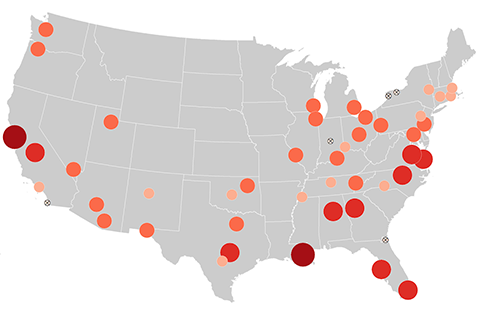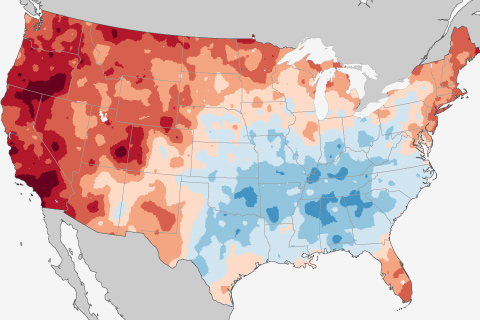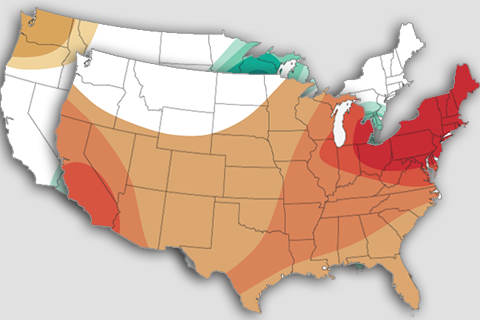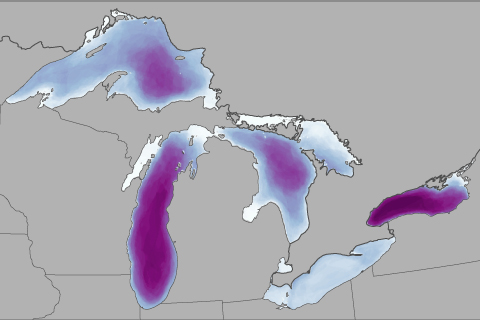
The most comprehensive database ever assembled of paleoclimate proxies that tell scientists about temperatures since the last ice age ended around 12,000 years ago has been released to the public.

Generated by feeding historic weather observations into a modern computer forecast model, a new NOAA-funded dataset is like a time machine that reconstructs a detailed picture of the global weather every day back to 1836.

NOAA is an agency that enriches life through science. From the surface of the sun to the bottom of the ocean, NOAA advances scientific understanding of Earth's environment, climate, and weather.

Yes, human activity is putting carbon dioxide into the atmosphere faster than natural processes take it out. Rising carbon dioxide levels are strengthening Earth's greenhouse effect and causing global warming.

From heat waves to heavy rain, the National Climate Assessment's recently updated collection of indicators shows how climate is changing.

Warming in the West outstrips cooling in the East for a slight overall U.S. warming trend in the first month of fall.

The September 2018 temperature and precipitation Outlooks for the United States predict warmer than average temperatures for much of the country and wetter than average conditions for the central Plains and eastern seaboard.

Ice cover on the Great Lakes has been decreasing since the 1970s, affecting everything from fishing to shipping.

The 2017 average temperature was the third highest since 1880, behind 2016 (warmest) and 2015 (second warmest).

Exceptional drought in Northern Plains in July 2017
July 24, 2017